Renault FT: Origin of the Modern Tank
March 23rd, 2024
12 minute read
The French-made Renault FT light tank wasn’t the first armored vehicle to see service in the First World War, and it wasn’t even the first true “tank”. However, it was the first to employ features that were to become standard in tank design — notably a rotatable turret that was mounted directly onto the hull. Perhaps even more importantly, the FT proved that tanks didn’t need to be the massive, hulking behemoths that were akin to miniature rolling fortresses.
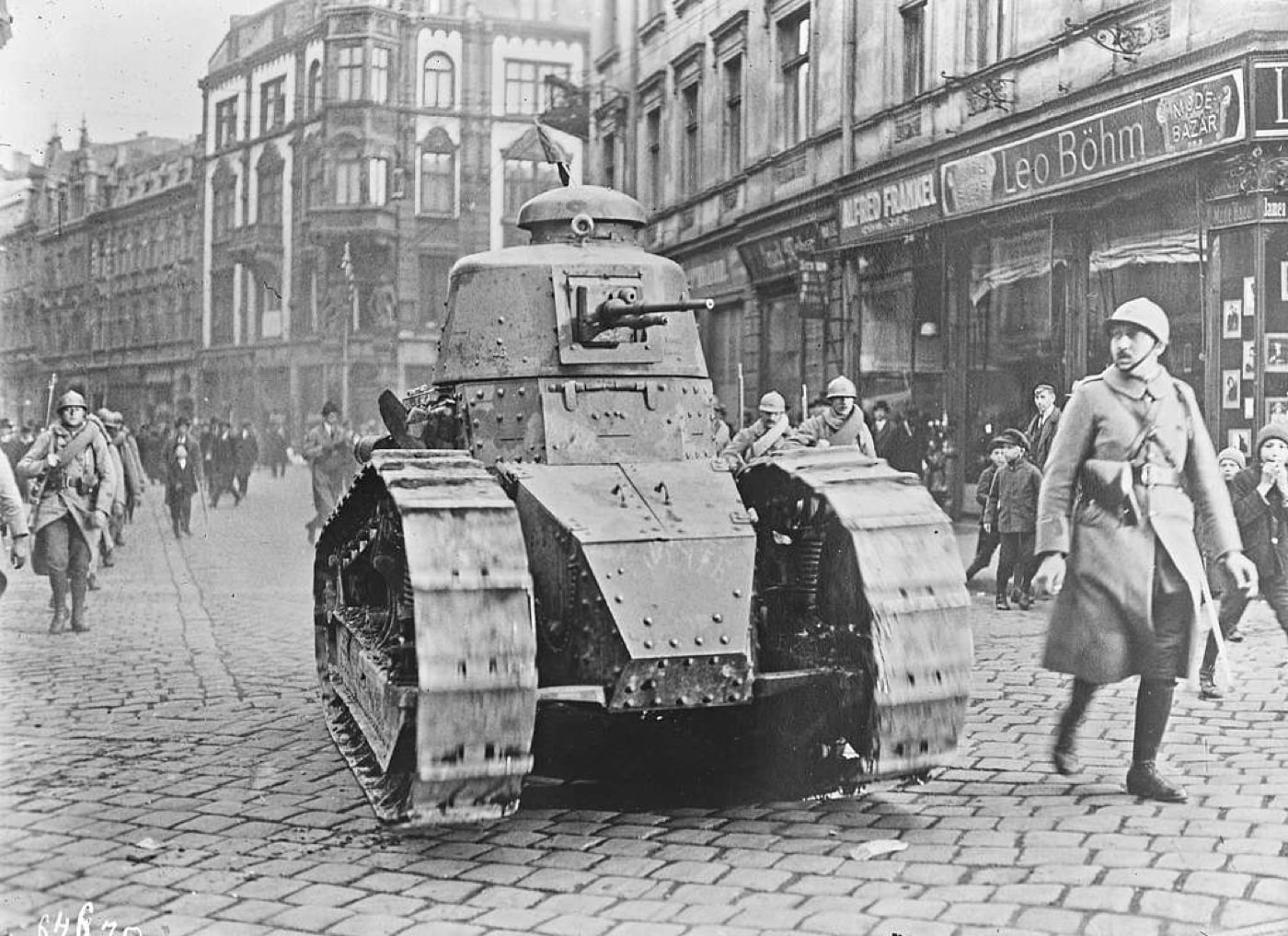
Developed with little thought for maintenance, many FTs broke down before they could reach the enemy lines, but they still played a significant role in the Allied victory in 1918.
Birth of the Tank
It was in September 1916 that the British Army first employed its Mark I tanks in combat during the Battle of the Somme on the Western Front. The often-repeated story is that the sight of the tanks caused panic in the German lines, and while only a third of the tanks managed to make it across no-man’s-land — with the others broken down or stuck in the mud — the vehicle’s success was essentially proven.
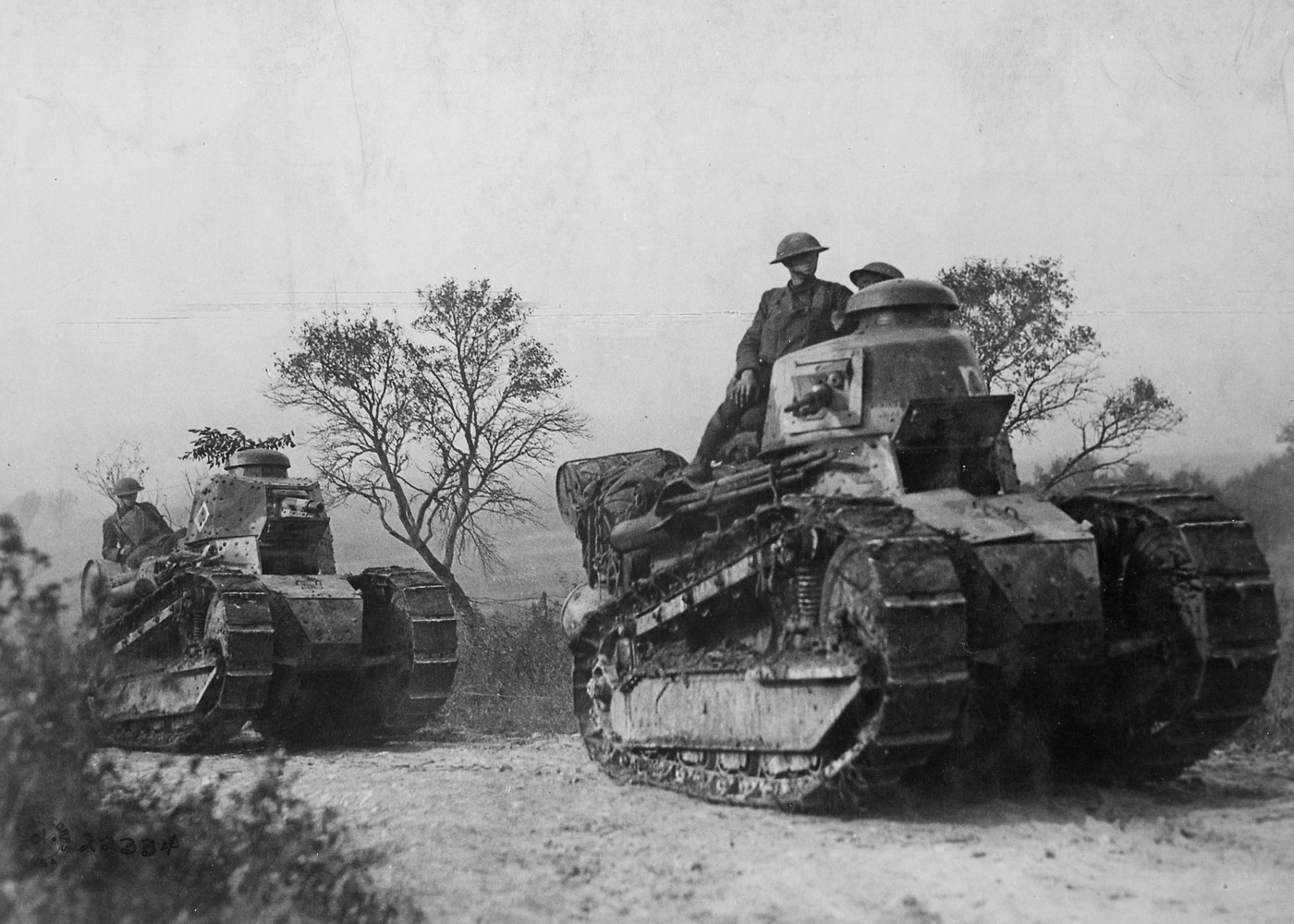
However, it was also clear that better tactics needed to be employed, while some designers also considered how to improve the tank.
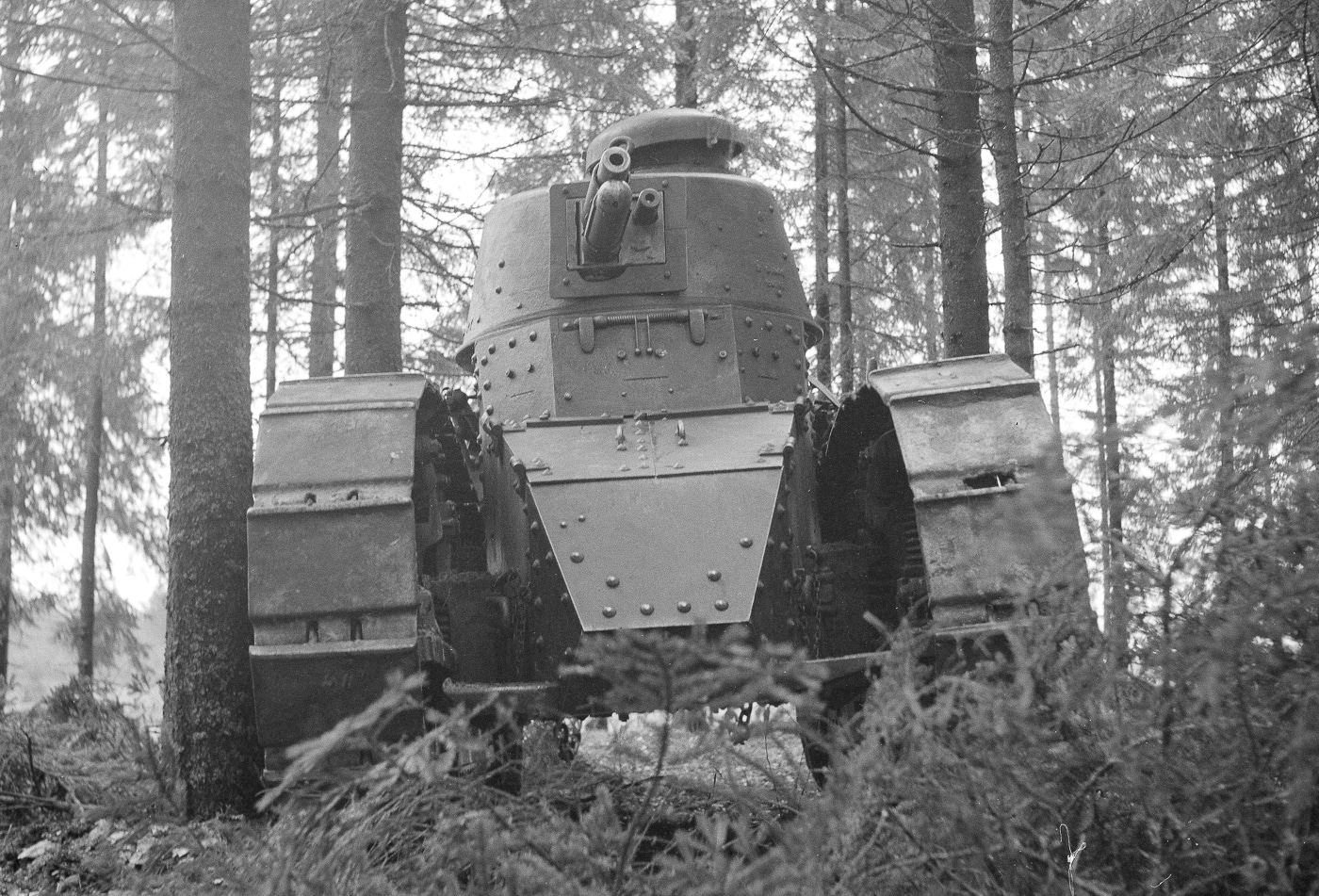
The heavy tank changed the character of the conflict more and more, and the vehicles proved to offer a decisive advantage. Yet, military planners also quickly realized if the tank could break through the lines, ending the days of static warfare that defined much of the war, mobility was to become of paramount importance once more.
The Origin of the Light Tank
Today, teams of engineers, designers and countless others contribute to the design of our modern weapons. This certainly wasn’t always the case, and Frenchman Jean-Baptiste Estienne is now considered by some in his homeland to be the Père des Chars (Father of the Tank) for his contributions to tank design, as well as tactics.
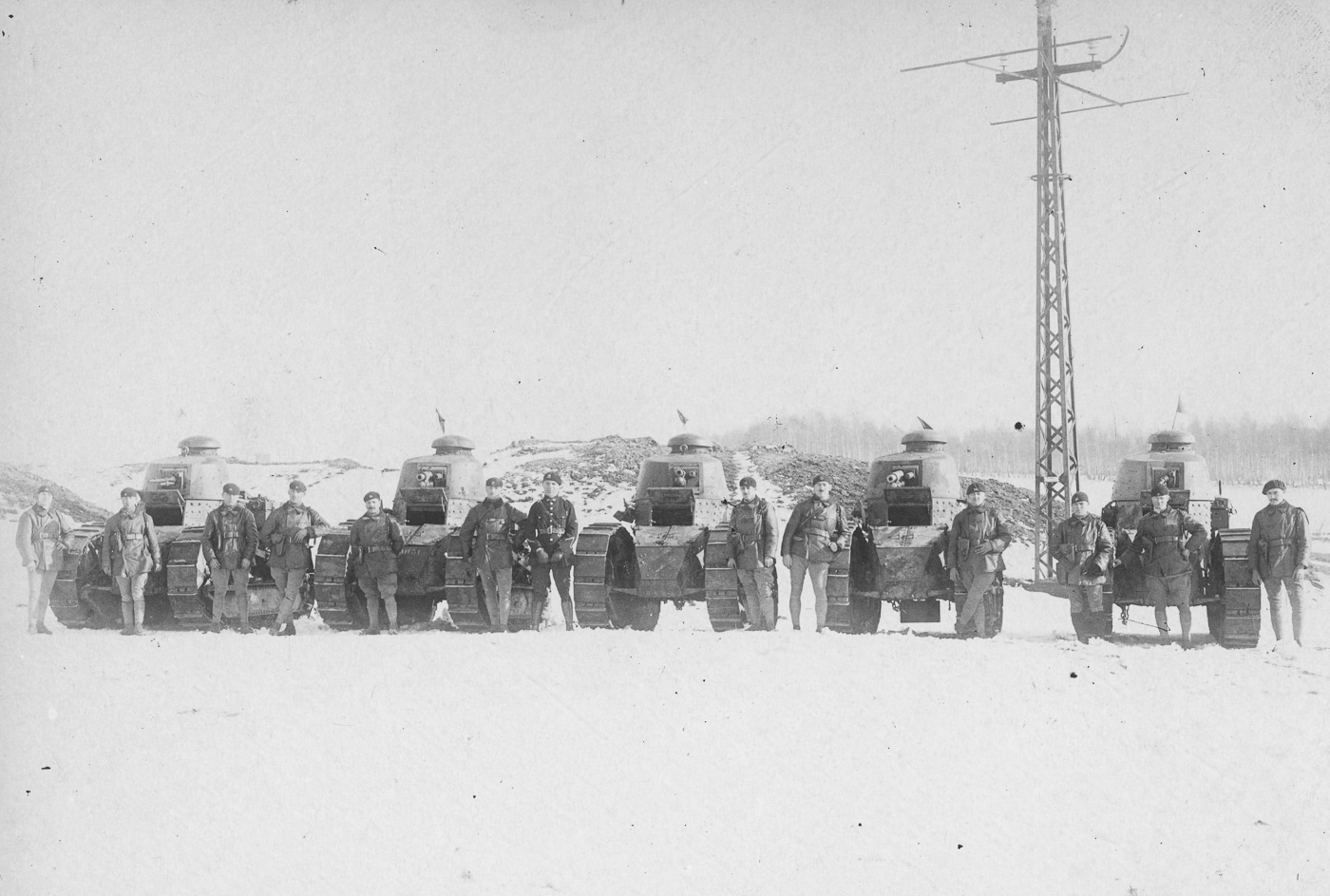
It could be argued that he had the unique combination of being a forward thinker with the training and skills to actually bring forth the changes he envisioned.
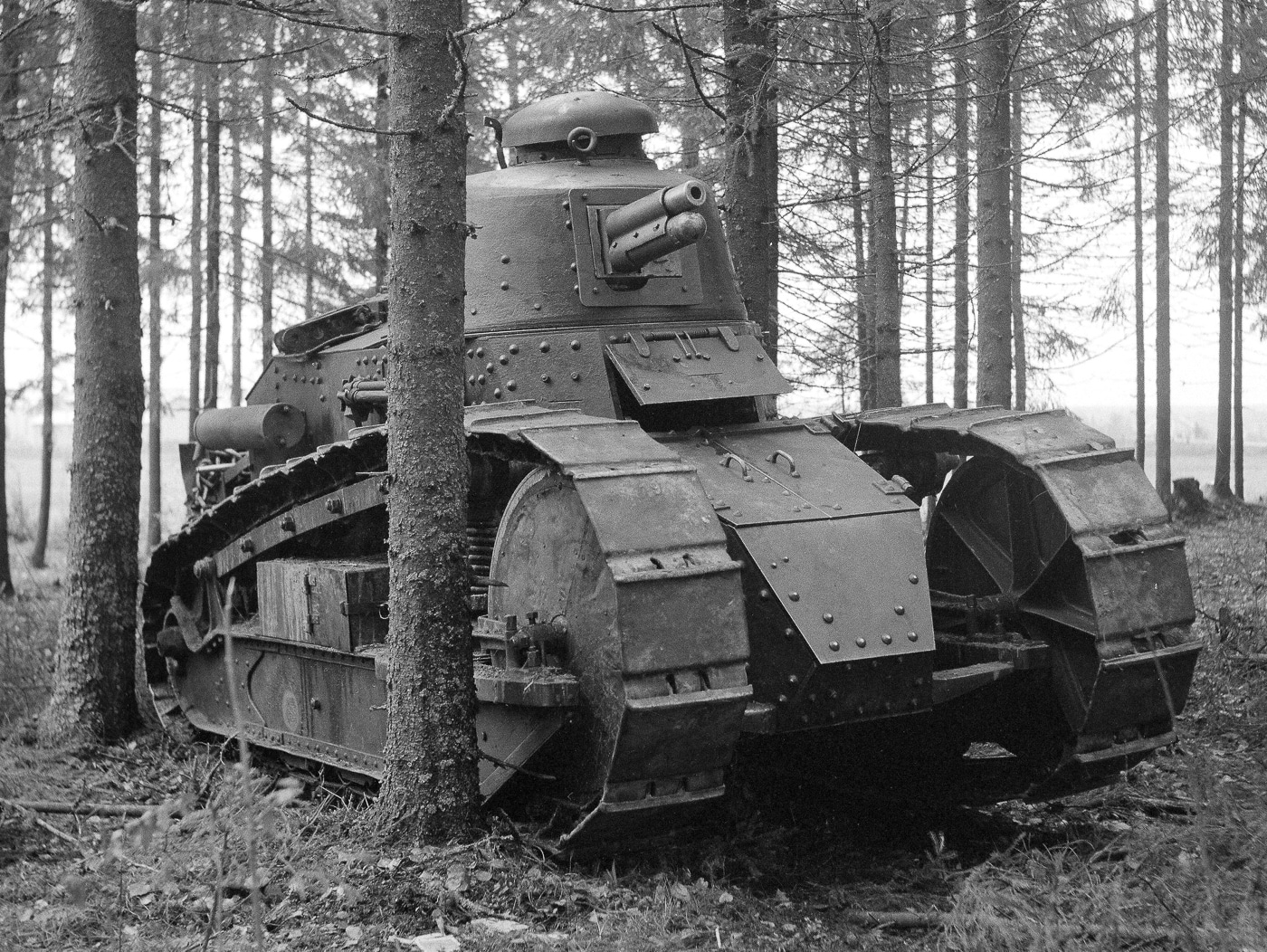
Estienne received his education at the École Polytechnique (the French Military Academy), where he won first prize in a national mathematics competition. Though his first passion was Greek Antiquity, he proved to be well-versed in mathematical and philosophical problems. As an artillery officer in the French Army, he went on to present works on indirect fire, but also helped development methods in aircraft spotting for artillery — becoming a founder of French military aviation.
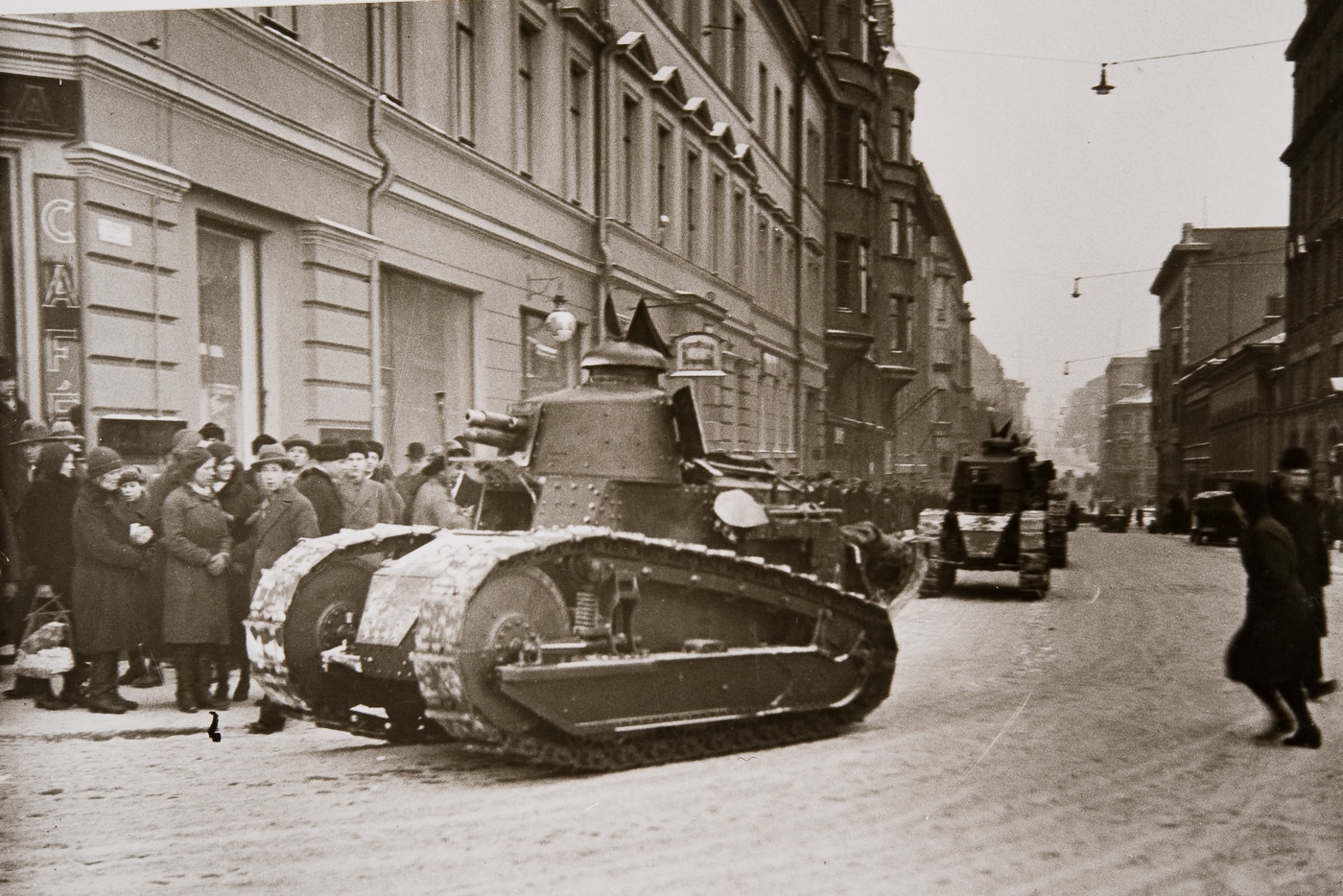
During the First World War, he offered some proposals for tank design and development. As noted, at the time, most of the heavy vehicles fielded were massive with crews of a dozen or more men. Estienne envisioned a smaller and more mobile platform. Yet, as so often impacted France’s military programs of the era, personalities and politics came into play. There was resentment from some of Estienne’s colleagues and it wasn’t until a meeting with Louis Renault that Estienne became involved in the effort to build what would become the FT.
Enter the FT
The Renault-built tank weighed just under seven tonnes, and unlike the heavy tanks it required only a crew of two — a commander/gunner and a driver. It was armed with either a single Hotchkiss machine gun or a short-barreled Puteaux 37mm cannon in the turret, which offered a 360-degree traverse.
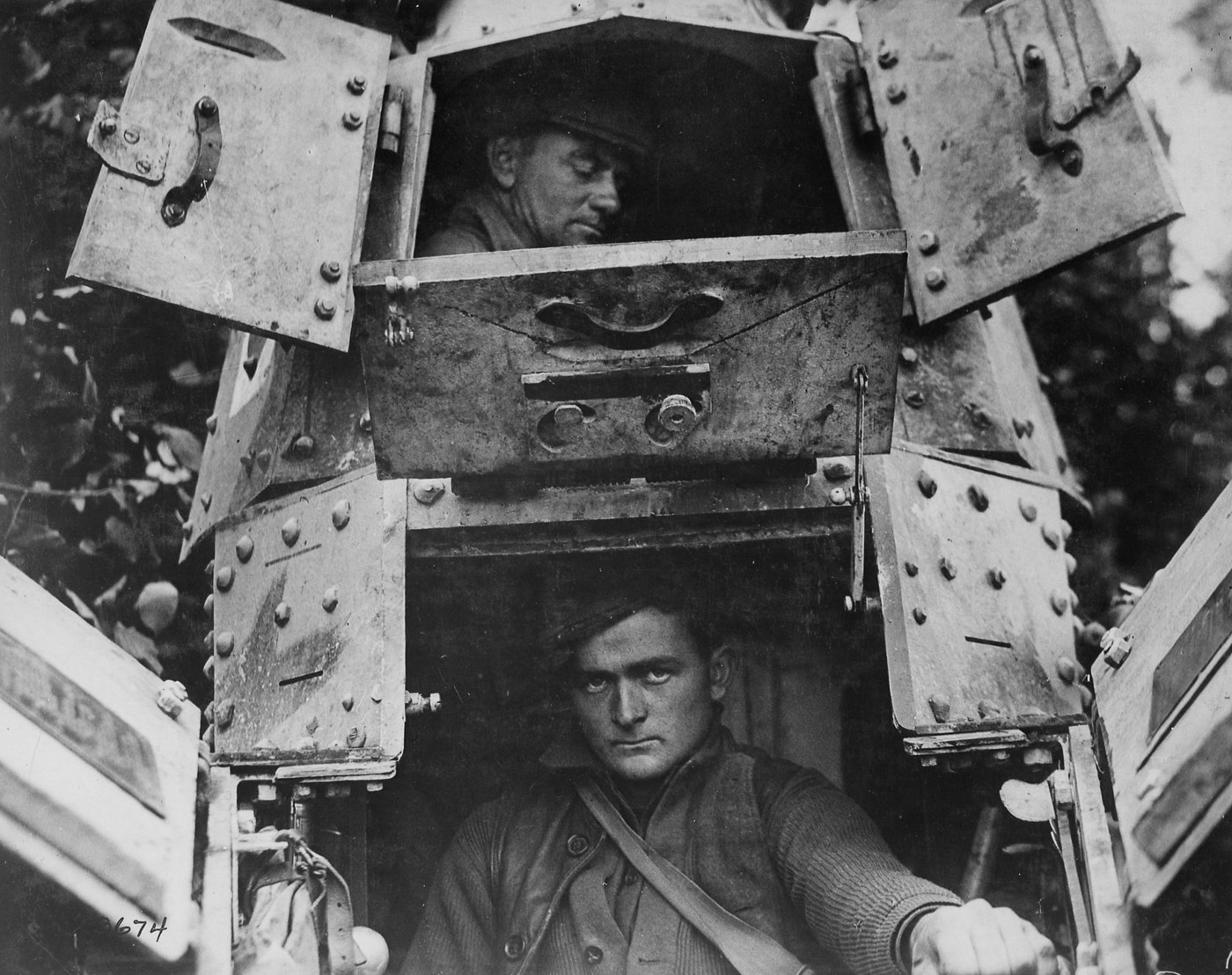
The tank’s weight was kept down by doing away with a conventional chassis, while the major components were attached directly to the armored body. It employed a monocoque construction principal that was later applied for virtually all passenger cars and light vehicles.
The FT’s tracks also featured an exaggerated idler wheel at the front to increase the track rise and improve the tank’s climbing ability. Being only 16 feet, 6 inches long, it couldn’t cross a trench more than six-feet wide, but a frame tail was also employed to aid in crossing some obstacles.
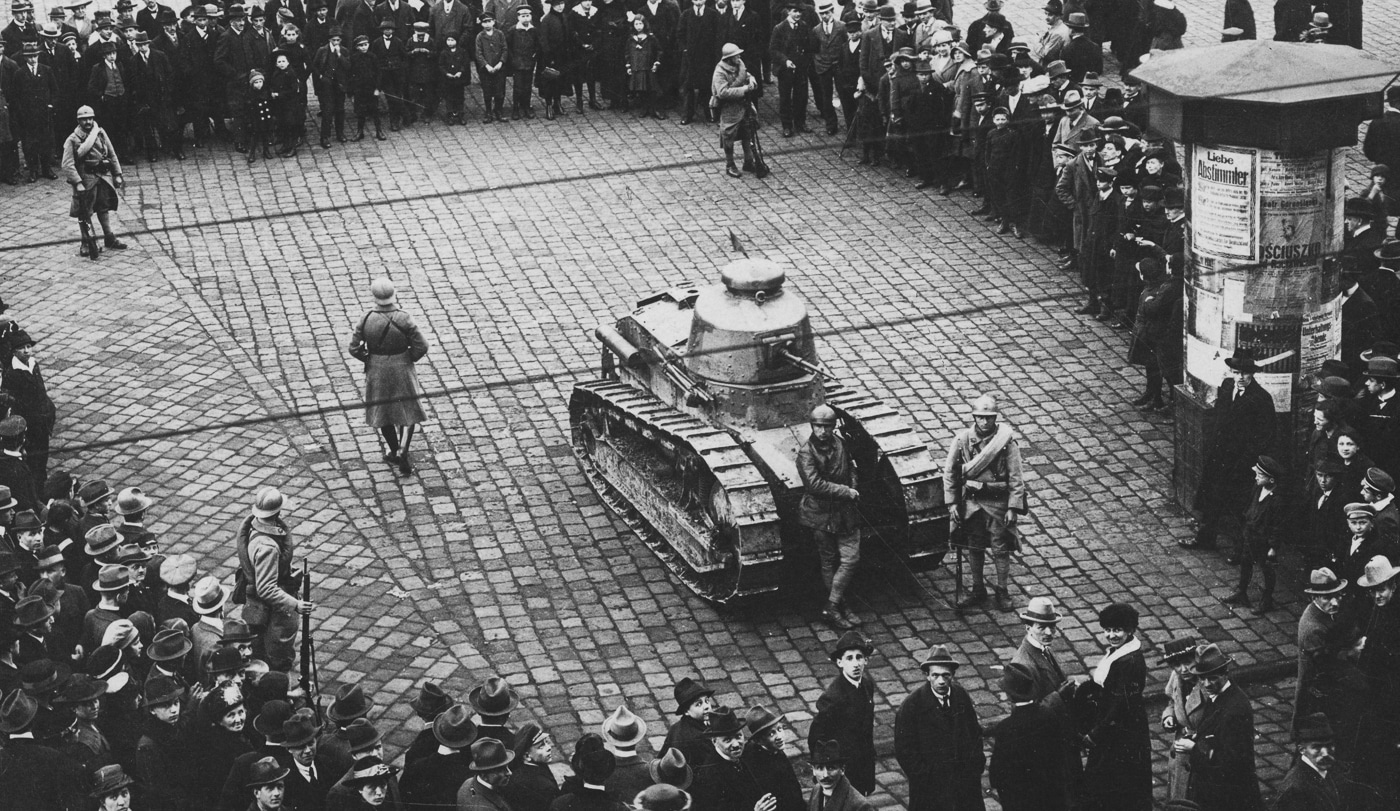
Its design clearly influenced most tanks to come — as it was a narrow box of riveted steel. The driver sat at the front, while the engine and transmission were located at the rear of the tank. One of the most significant advantages of the Renault FT was that its small size enabled it to be transported by truck to the front lines, whereas the larger tanks had to be moved by rail and then proceed to the front under their own power.
Not the FT-17
There has been much confusion over the designation “FT” with some early post-war sources suggesting it was for the French terms faible tonnage (low tonnage), faible taille (small size), or even franchisseur de tranchées (trench crosser). Rather, the designation was derived from the two-letter production code that all new Renault projects were given for internal use, and in this case the one available was “FT.”
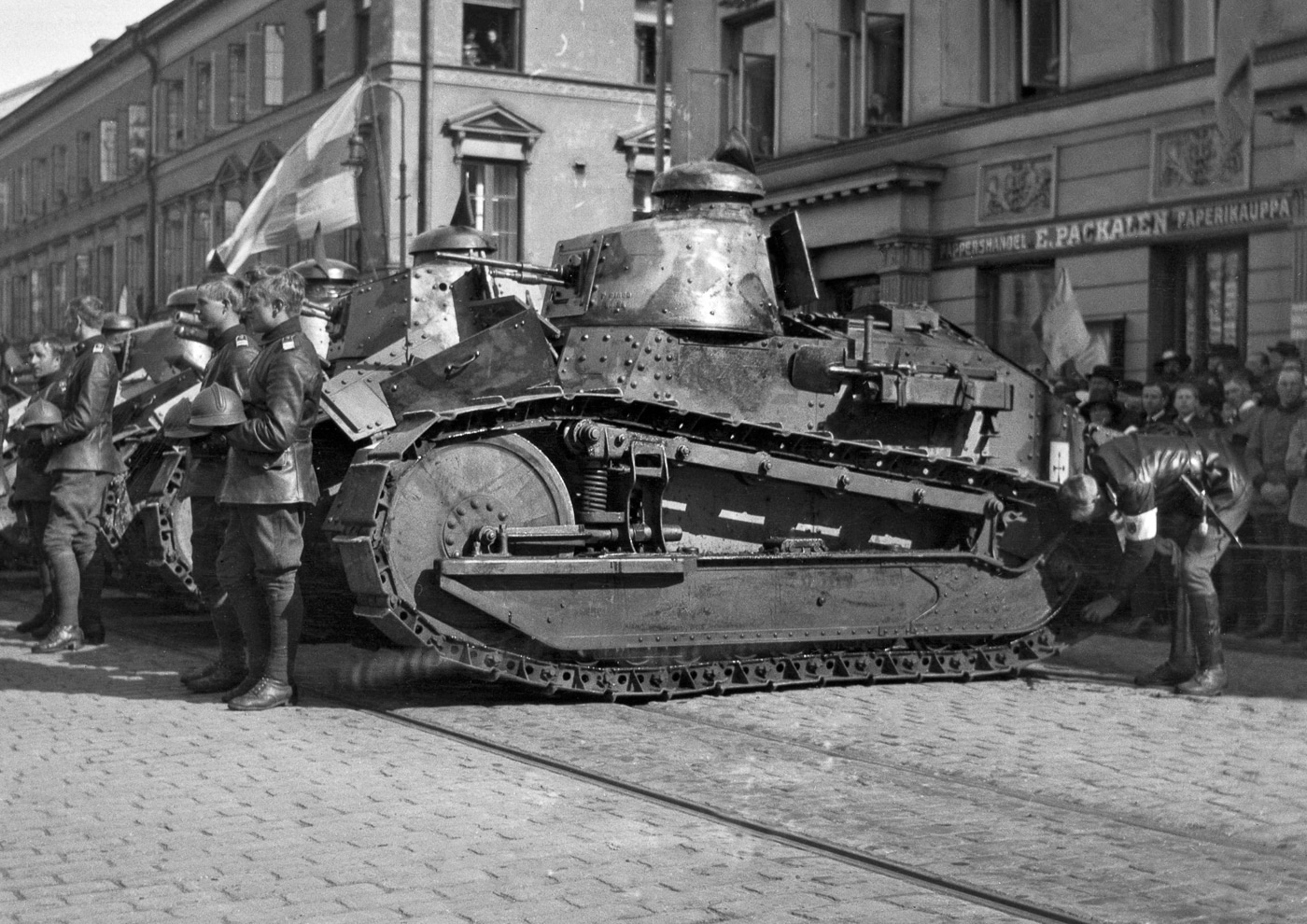
Though some sources describe it as an “FT-17,” it was never designated as such by the French military.
“Like ‘Jeep’, there are lots of stories about what ‘FT’ means or stands for, but FT was simply a Renault production code assigned to this specific project. The factory manual of April 1918 is titled RENAULT CHAR D’ASSAUT 18 HP,“explained military vehicles historian John Adams-Graf, editor of the Military Vehicle Preservation Society’s History in Motion.
From Prototype to Combat
The very first prototype of the FT was introduced in 1917 and officials within the French military were impressed enough that an order was soon placed for 3,500 vehicles. That was larger than Renault could handle and as a result, other companies were brought in to aid in the program.
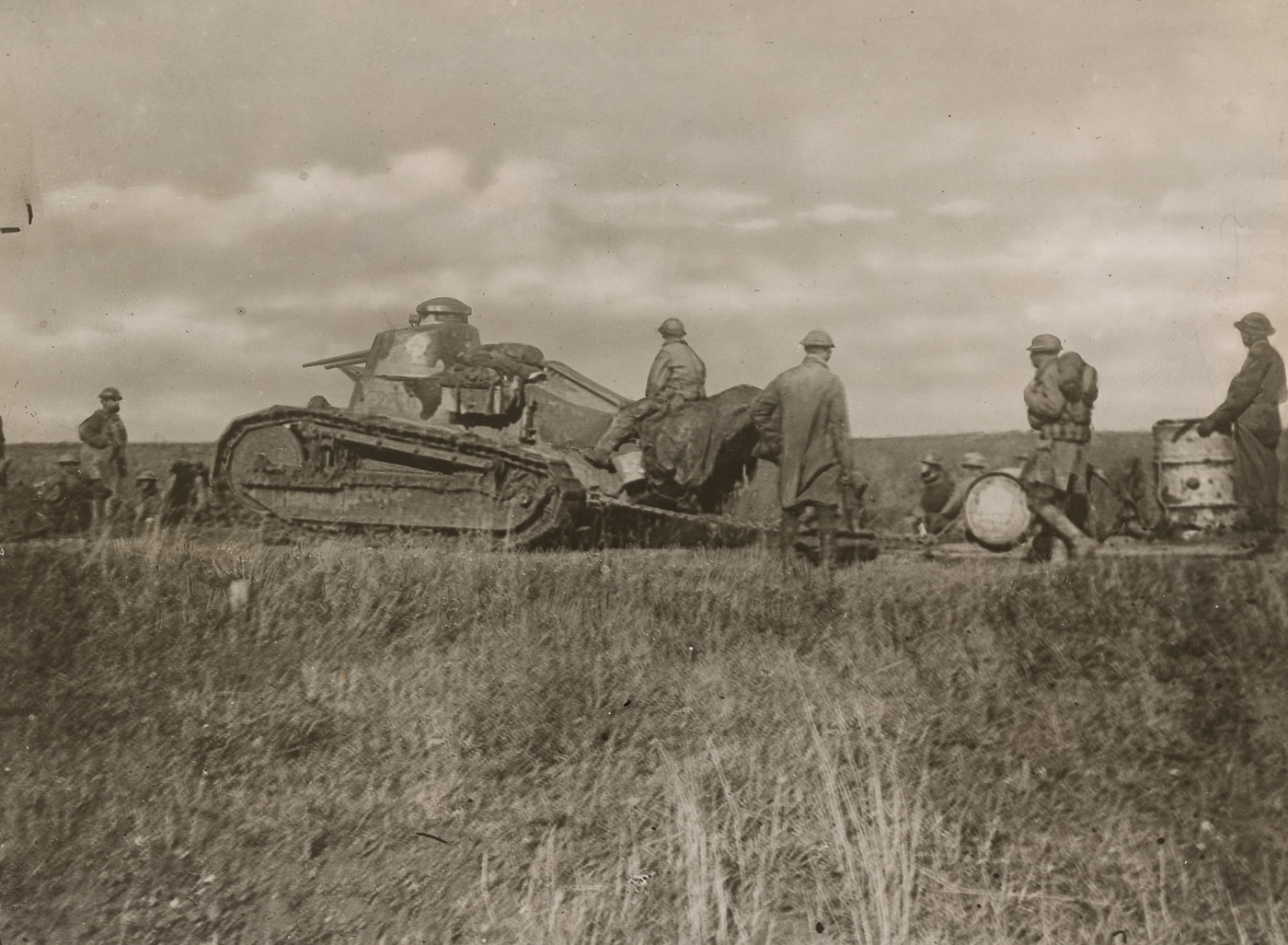
The Allies later increased the target goal for the number of tanks expected for an early 1919 offensive, and it was set at 12,260 FTs — with 7,820 produced in France and another 4,440 to be built in the United States. As the war ended in the fall of 1918, far fewer were actually produced, with only around 3,000 built in total. The Renault light tanks still played a significant role in the final months of the war, and were even dubbed the “Victory Tank.”
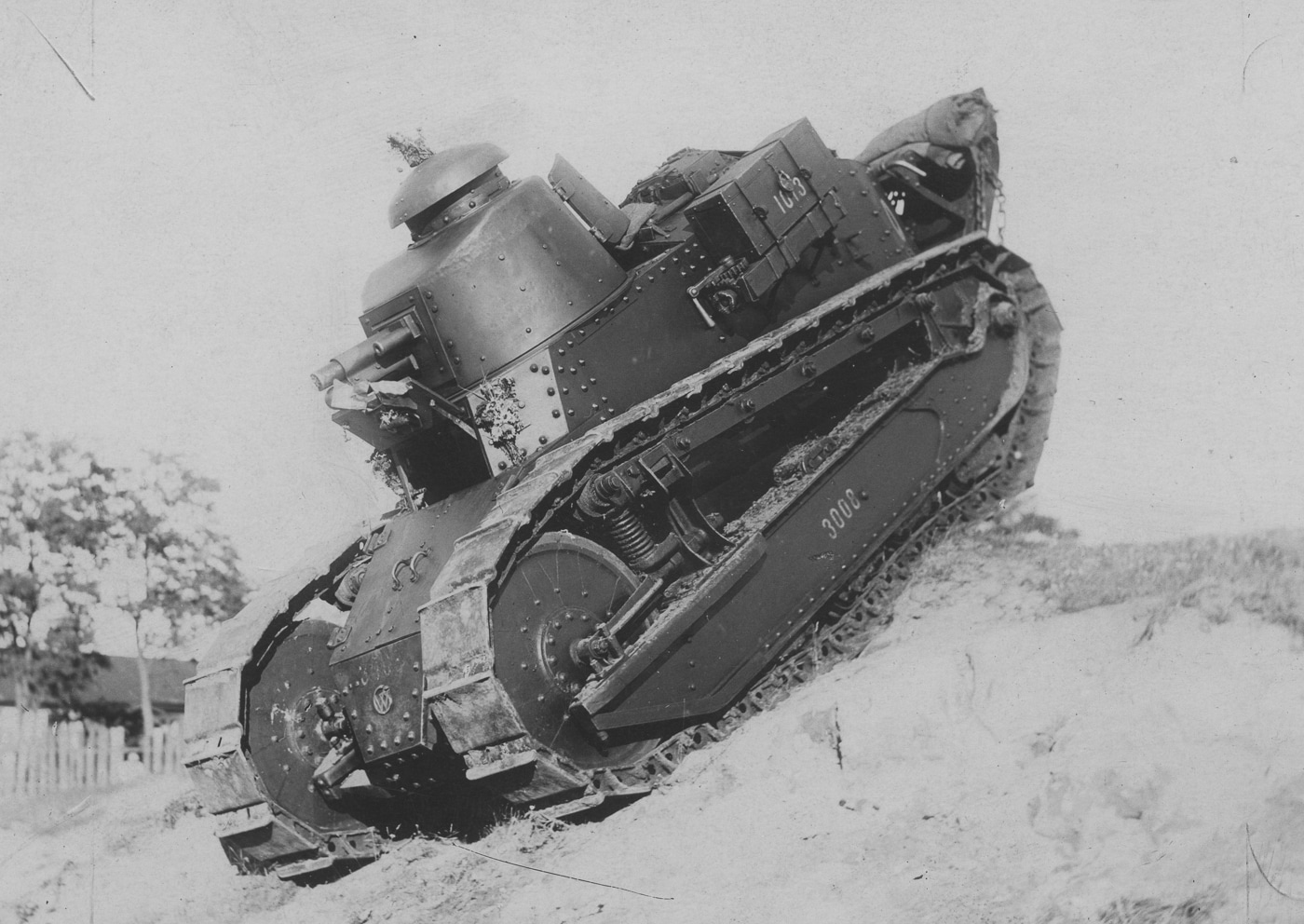
The FT had its baptism of fire on May 31, 1918 near the Forest of Retz, during the Third Battle of Aisne. Around 30 of the tanks successfully stopped a German advance. The FT proved to provide far greater mobility than the larger heavy tanks of the era.
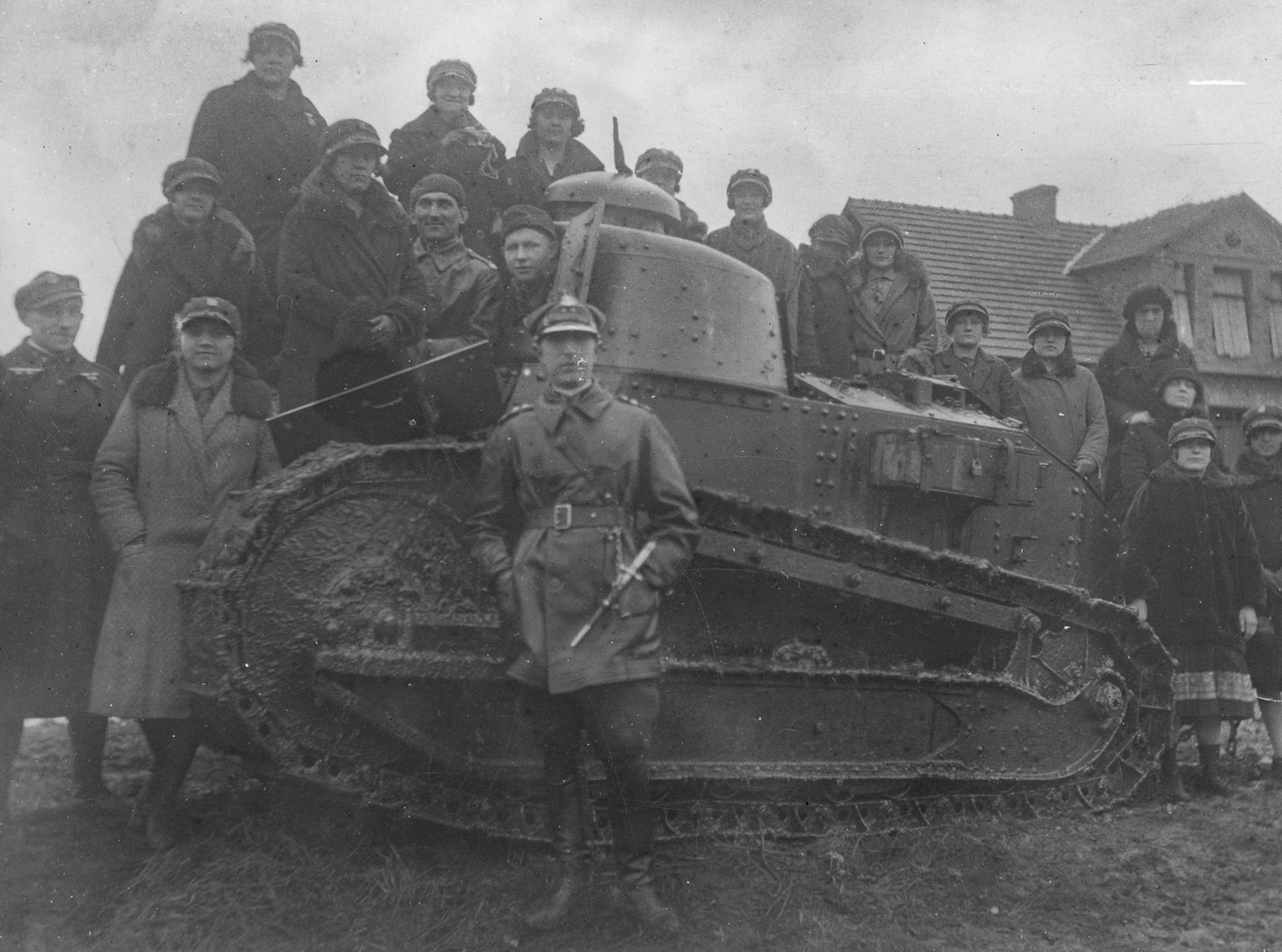
In addition to his contribution to the design of the light tank, Estienne also was a pioneer in tank tactics. He envisioned that tanks should be employed in mass assaults on enemy positions, attacking ahead of the infantry. After crossing the initial trench lines, one half of the tank force would be employed to keep down the defenders to open holes in the enemy defenses.
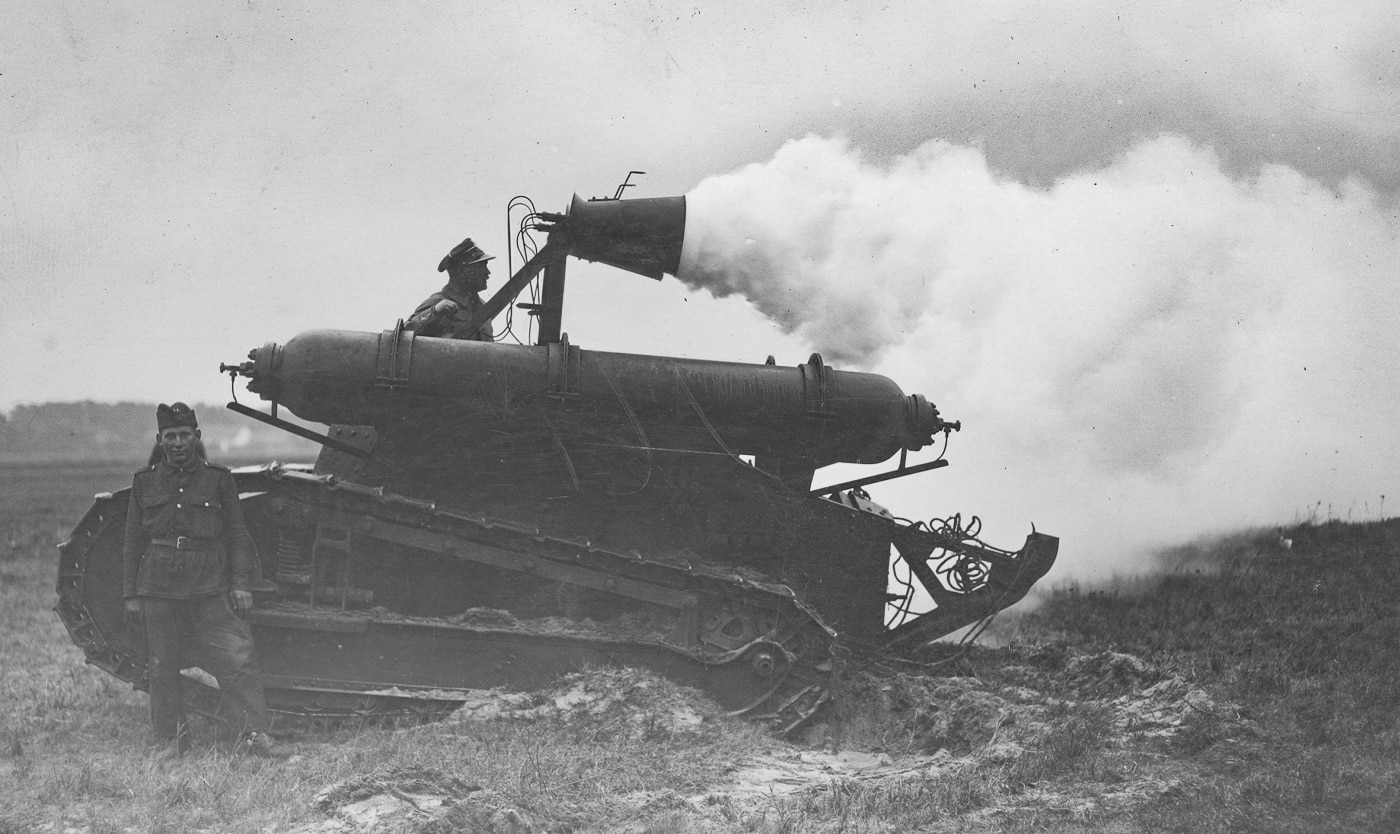
Such a strategy required complete surprise, which was often lost due to the slow speed of the larger heavier tanks. However, it was one that would be employed in the latter stages of the war with the FT, and was certainly revisited in the conflicts to come.
Post-War Service
Many FTs were exported in the 1920s, and in many cases, they were the first armored vehicles adopted by some armies. The demand became so high at one point that the French Army had to stop exporting the tank for fear it would be left with no light tanks of its own!
The FT also remained in service with the French military and many were rearmed with the new 0.75mm Hotchkiss machinegun — which according to some sources was redesignated as the FT-31.
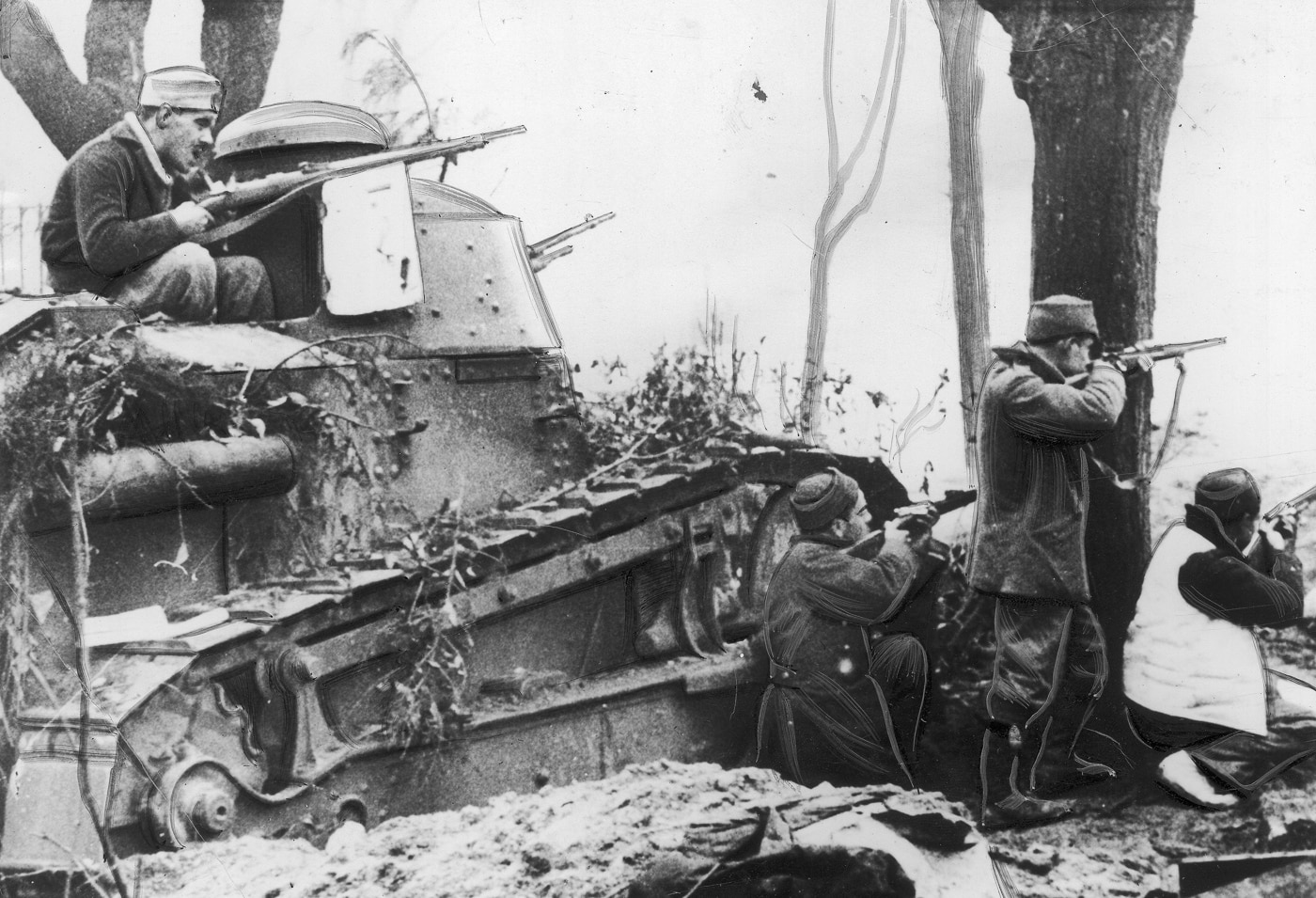
There were a significant number still in service in 1939 when the Second World War broke out. Around 1,600 saw use with the French Army, and many were captured by the German military after the defeat of France in the spring of 1940.
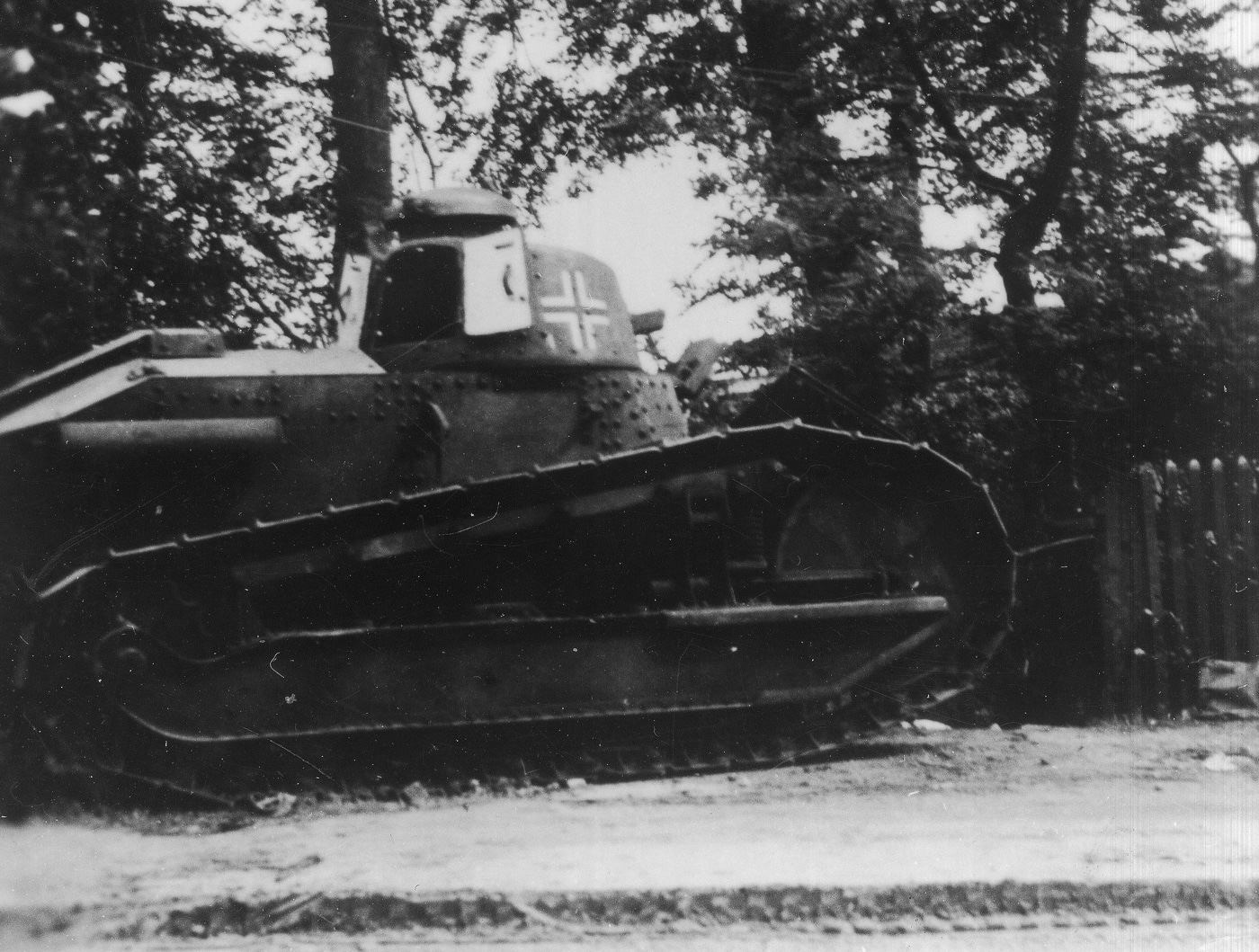
Those were employed by the Germans as the PzKpfw 18R 730(f) — and used mainly for an internal security role, including for guarding airfields and factories. Some had their turrets removed, with the turrets installed as coastal defenses.
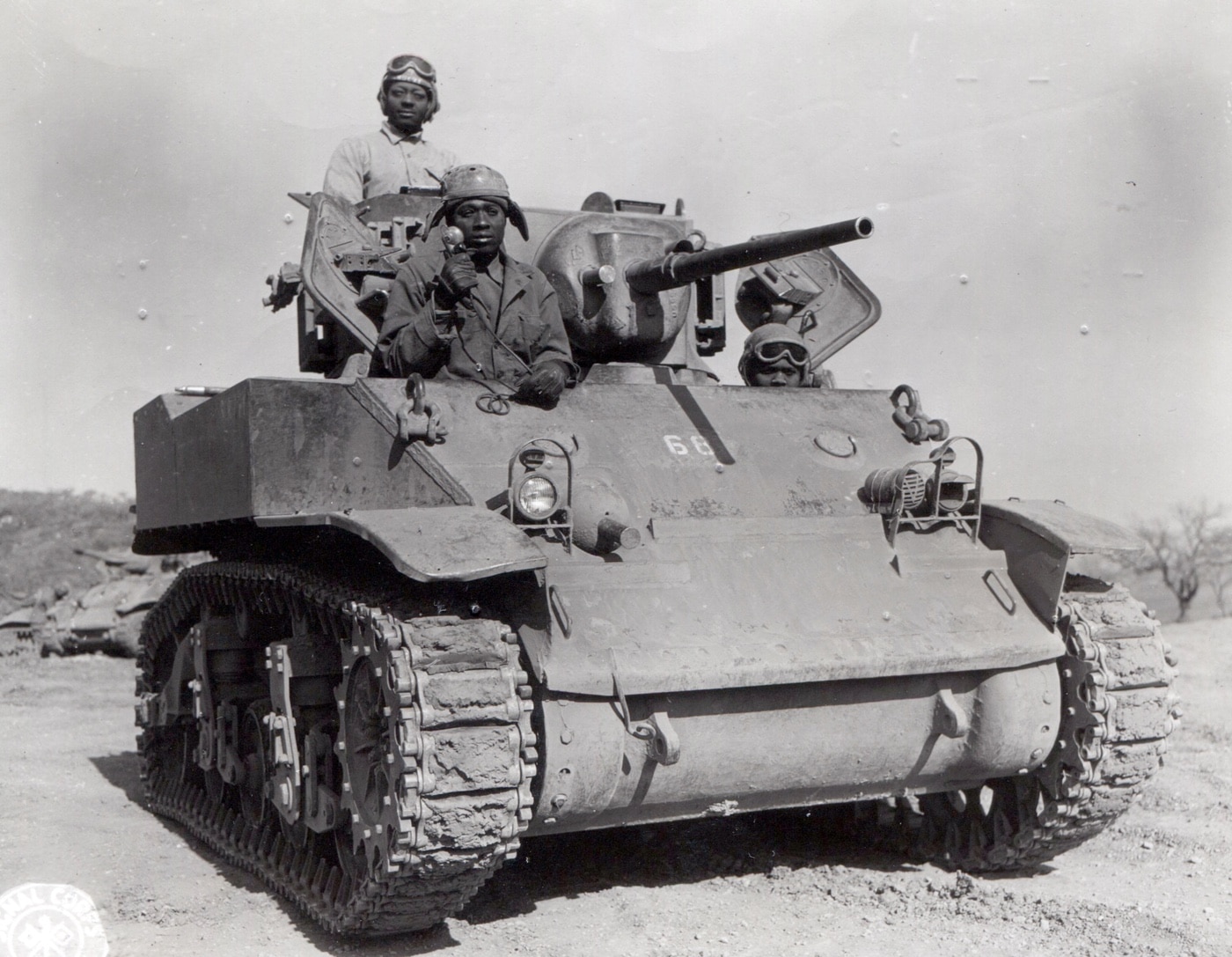
Vichy France used a handful of its Renault FTs against Allied invasion forces during Operation Torch in Morocco and Algeria. They proved hopelessly outgunned by the American M3 Stuart and even more so by the M4 Sherman — and it would be one of the few occasions where the U.S. tanks of the era were truly the big dog in a tank vs. tank engagement in Europe.
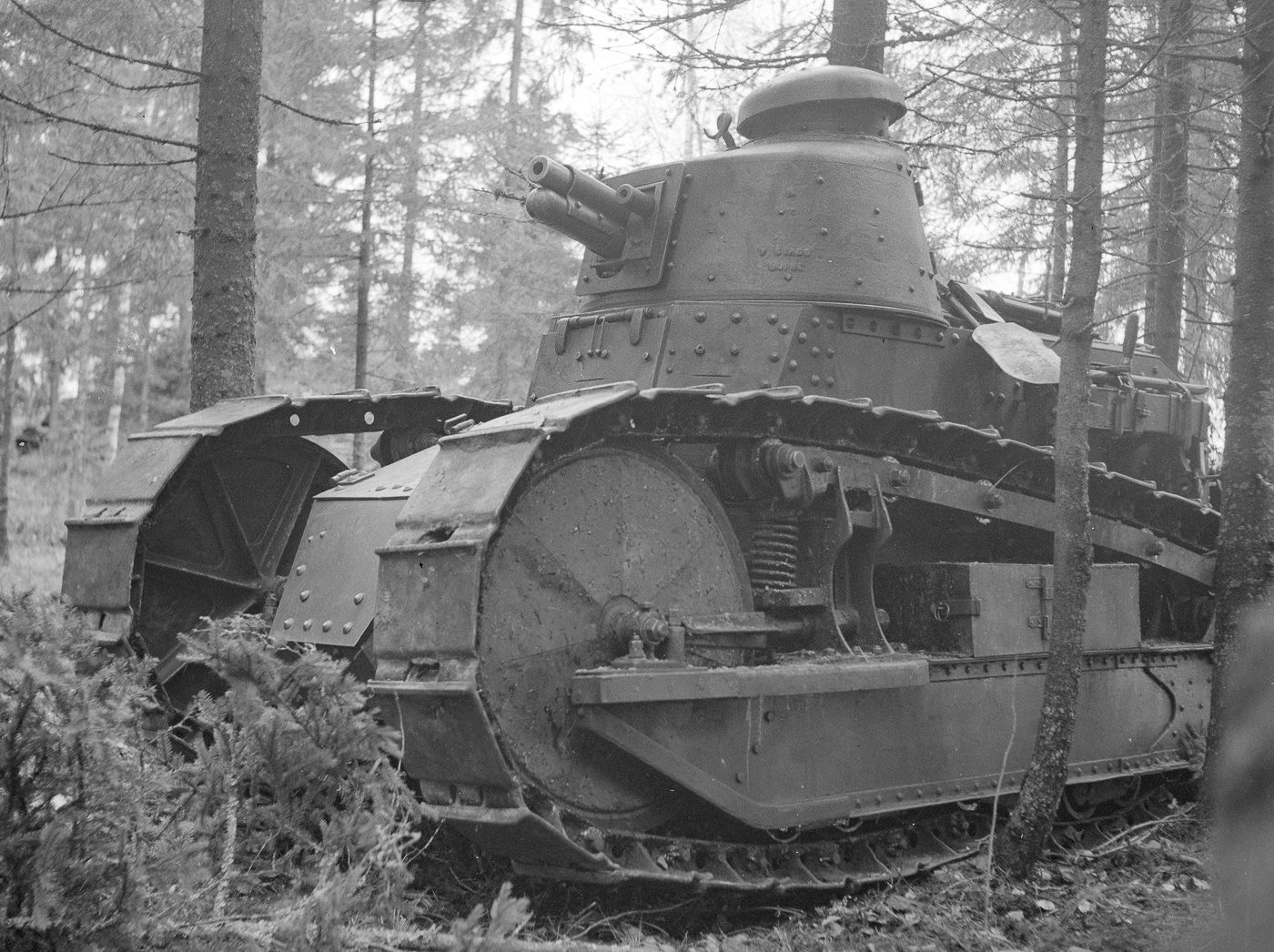
The French Army also employed FTs during the Japanese invasion of French Indochina in 1940, when a section defended the Hue fortress, while the FT was last used in combat in the 1980s during the Soviet–Afghan War, when some FTs were used as pillboxes or roadblocks.
The American M1917
Adopted by the United States military, the FT was produced in America as the M1917. However, the program was beset with problems from the beginning. Though some sample Renault tanks, plans and various parts were sent to the United States for study — the design was only carried out by the U.S. Army’s Ordnance Department, under the job title “Six-ton Special Tractor,” while the actual orders for the vehicles were placed with private manufacturers.
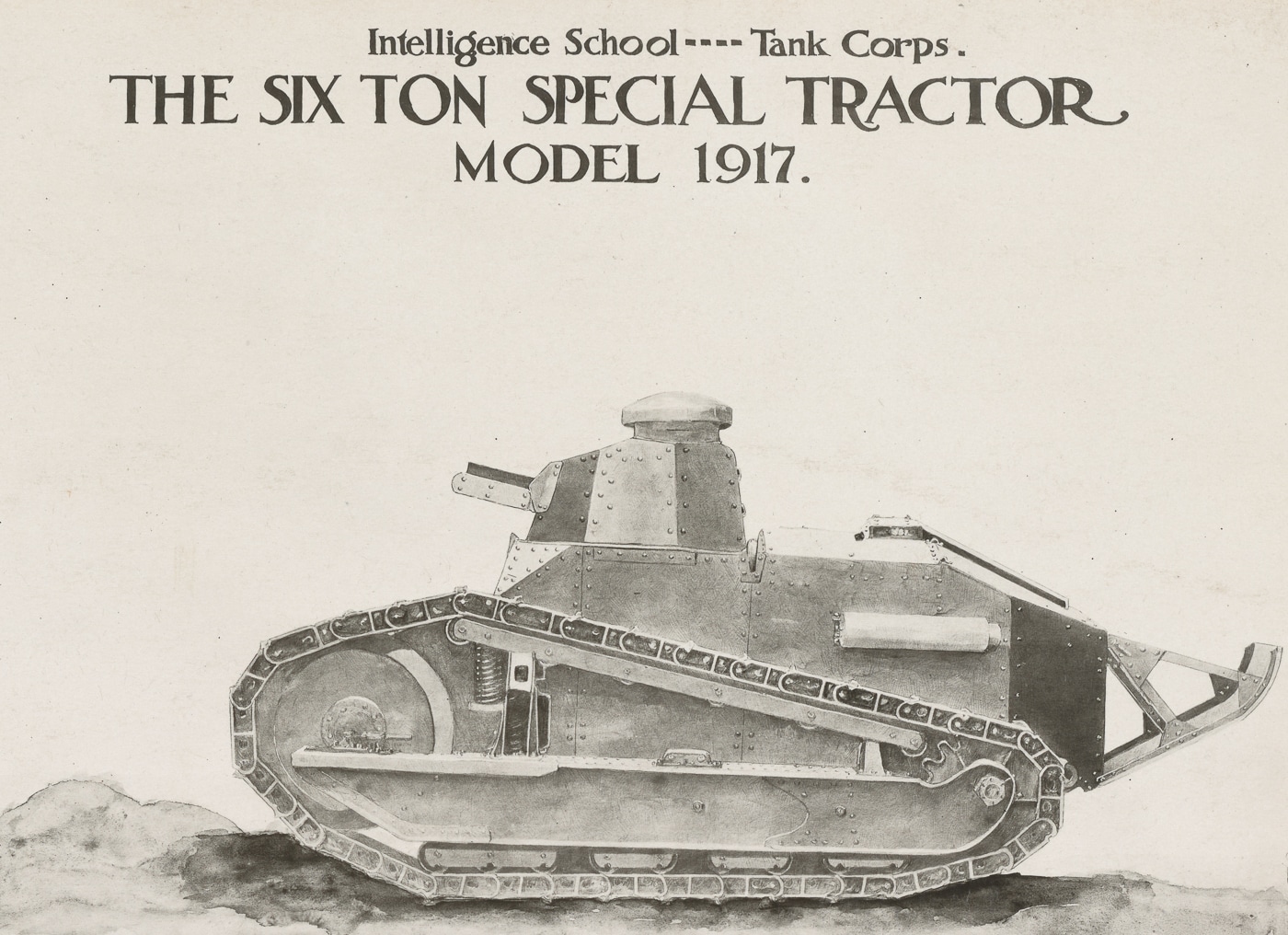
One major issue was that the French specifications were metric and incompatible with American (imperial) machinery, while coordination between military departments, suppliers and manufacturers was poor. Coupled with bureaucratic inertia and an overall lack of cooperation from military departments, the result was significant delays.
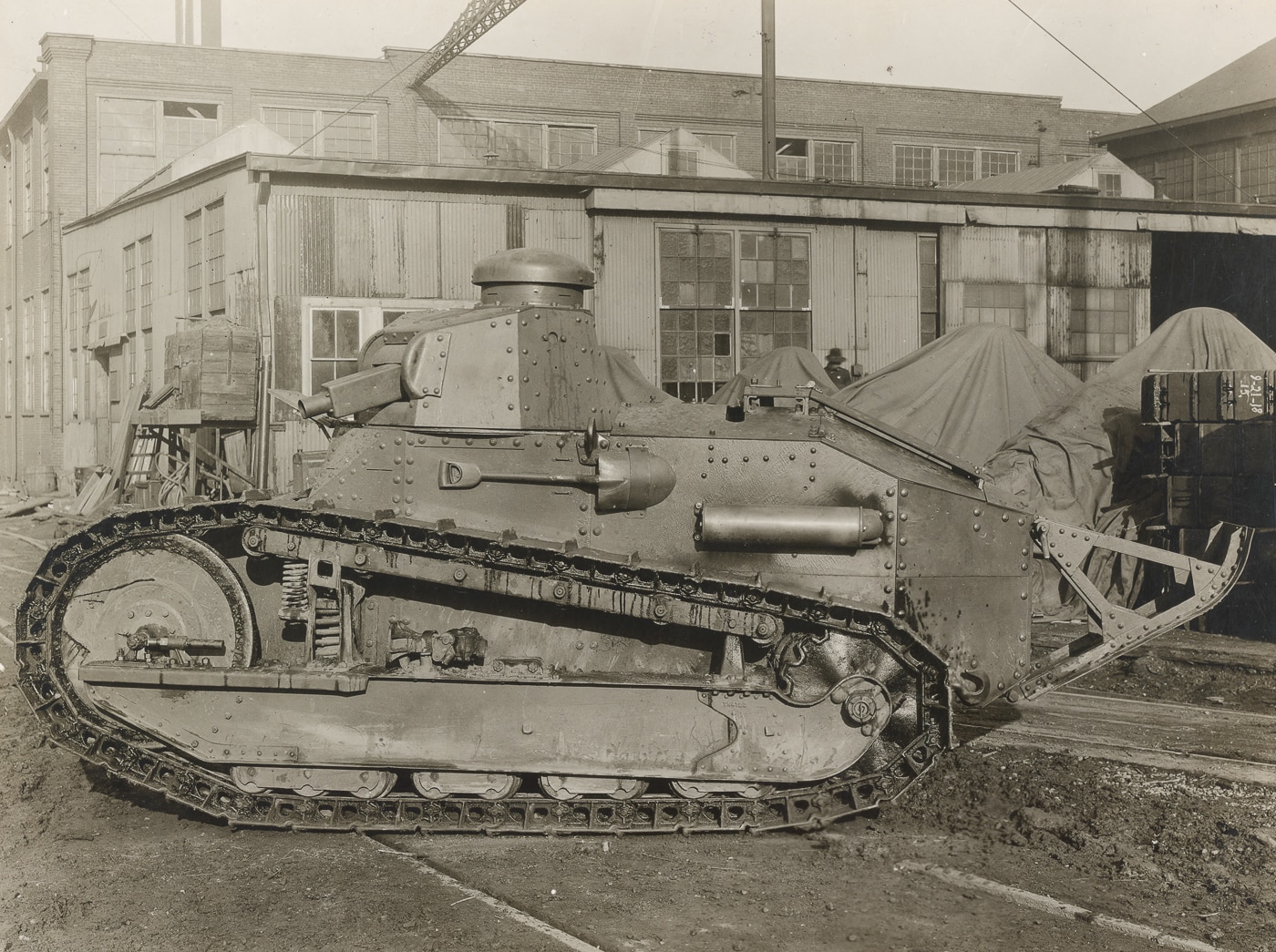
As a result, France was forced to supply 144 Renault FTs to the American Expeditionary Force (AEF), which were used to equip the U.S. Light Tank Brigade in the summer of 1918.
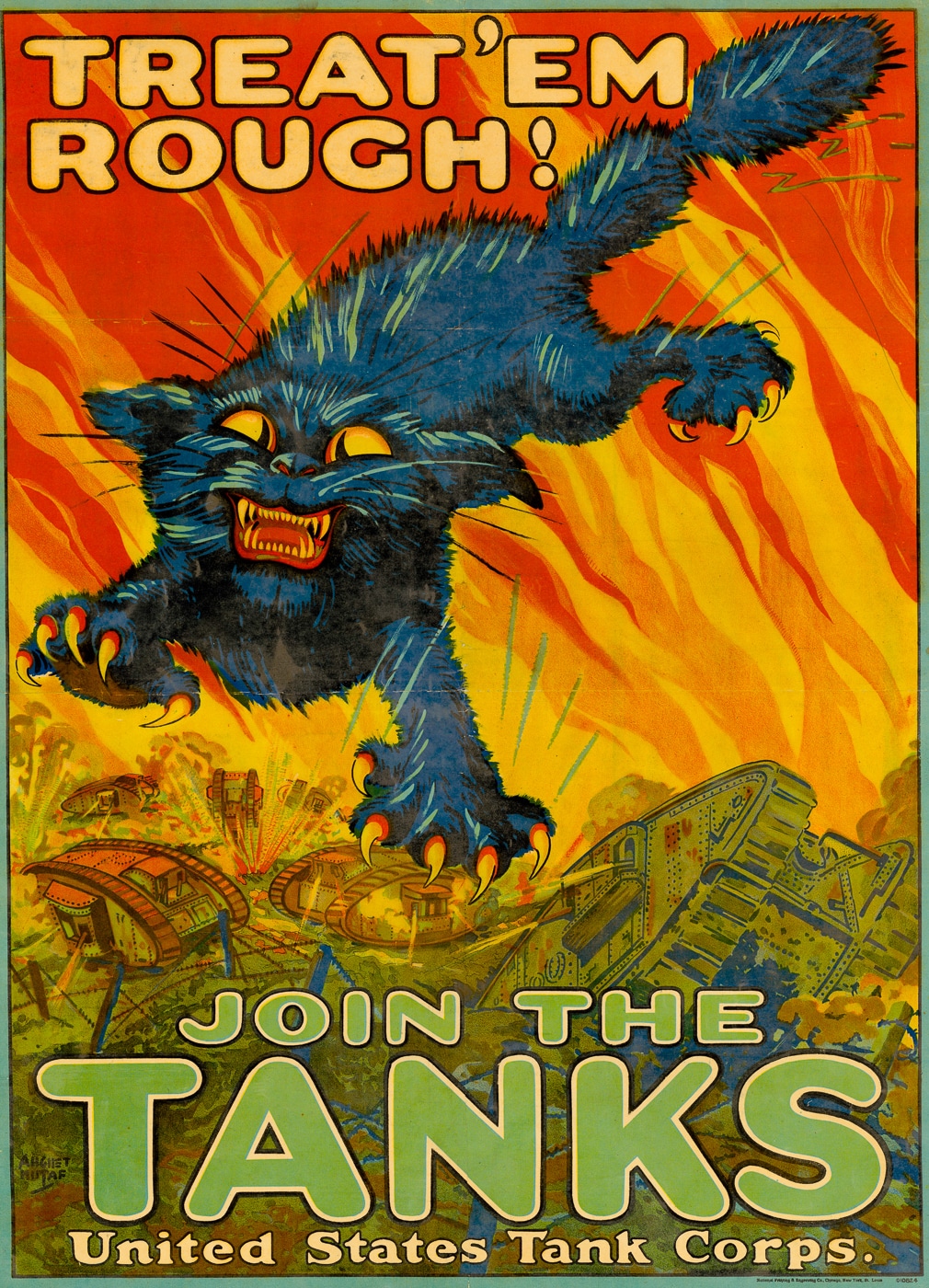
Production on the M1917 only began in the autumn of that year, and the first two completed vehicles arrived in France on November 20, nine days after the end of hostilities. Eight more showed up in December — truly a case of too little and too late.
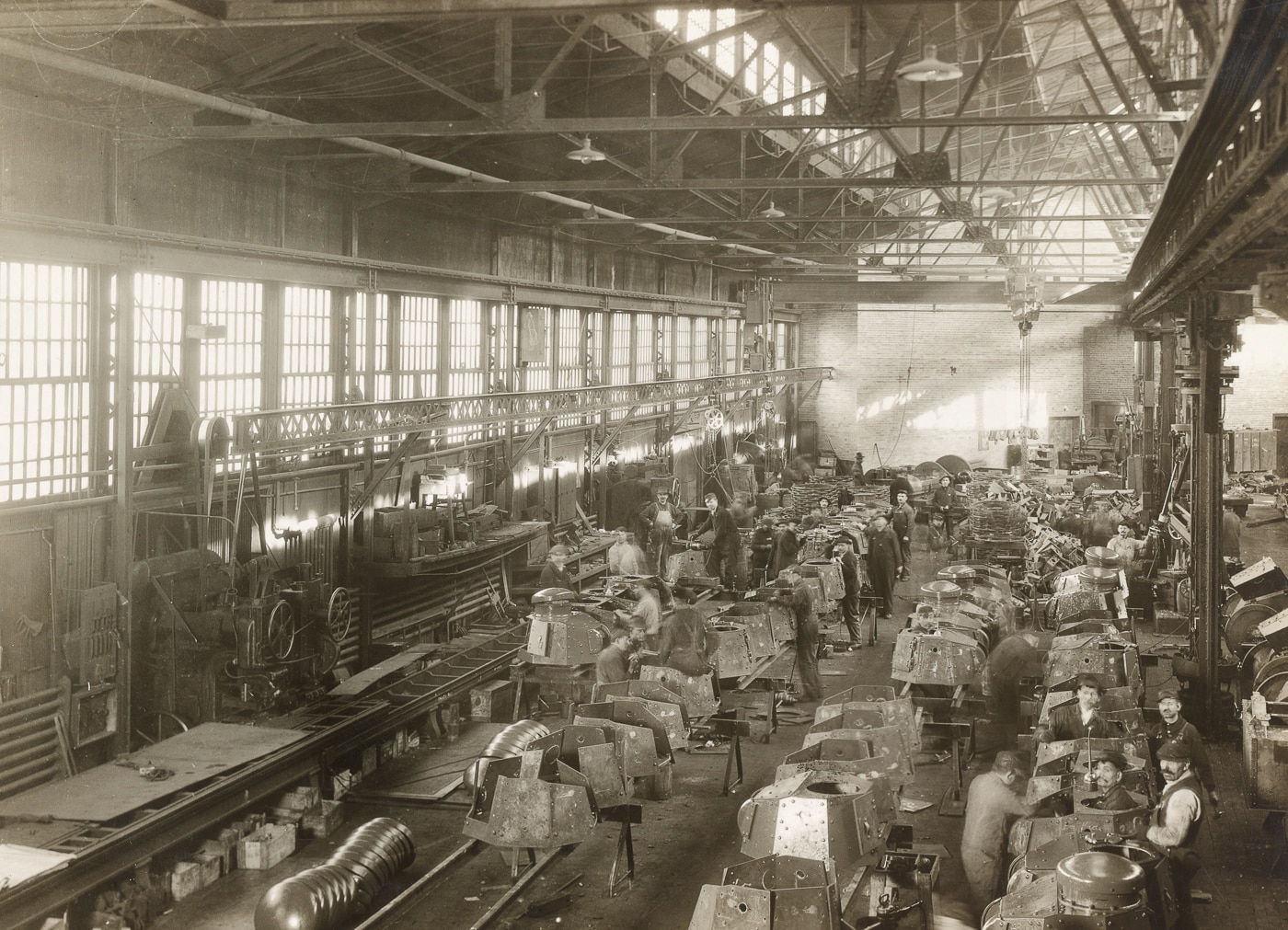
“While the tradition of the American tanker was borne out of WWI, these armored warriors did not roll into America’s first tank combat in American tanks,” added Adams-Graf. “Rather, when Colonel George S. Patton led the U.S. 326th and 327th Tank Battalions against German troops for the very first time on September 12-16, 1918, his newly baptized “tankers” were piloting 144 French-built Renaults.”
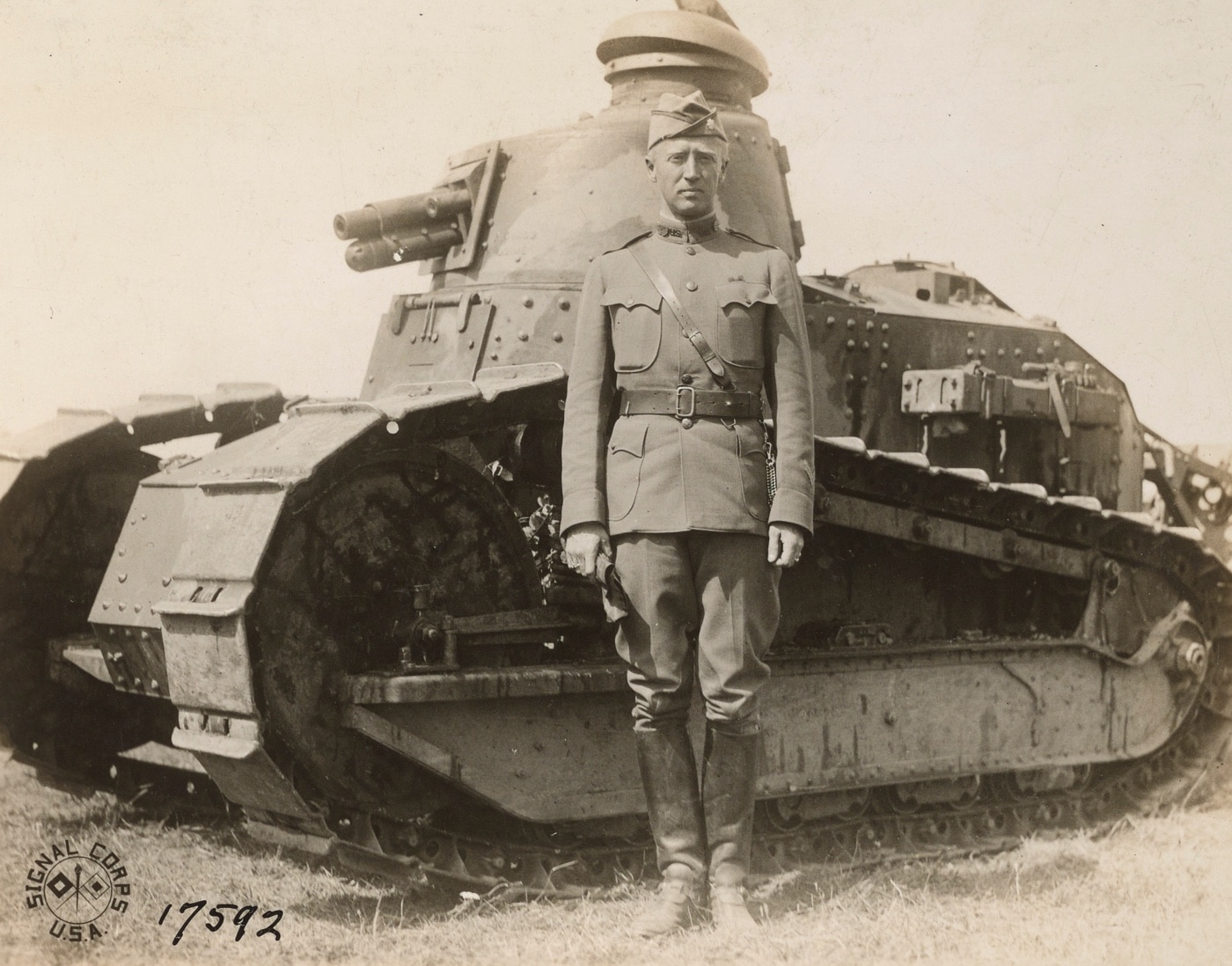
After the war, the Van Dorn Iron Works, the Maxwell Motor Co., and the C.L. Best Co. produced a total of 950 M1917s — 374 with cannons, while 526 were equipped with machine guns, and 50 were signal (wireless) tanks. Those vehicles were delivered to the Tank Corps, which complemented about 200 Renault FTs brought back from France. Those vehicles were never deployed in combat, but used domestically by the U.S. military to quell mobs during the Washington race riot of 1919 and the 1920 Lexington riot.
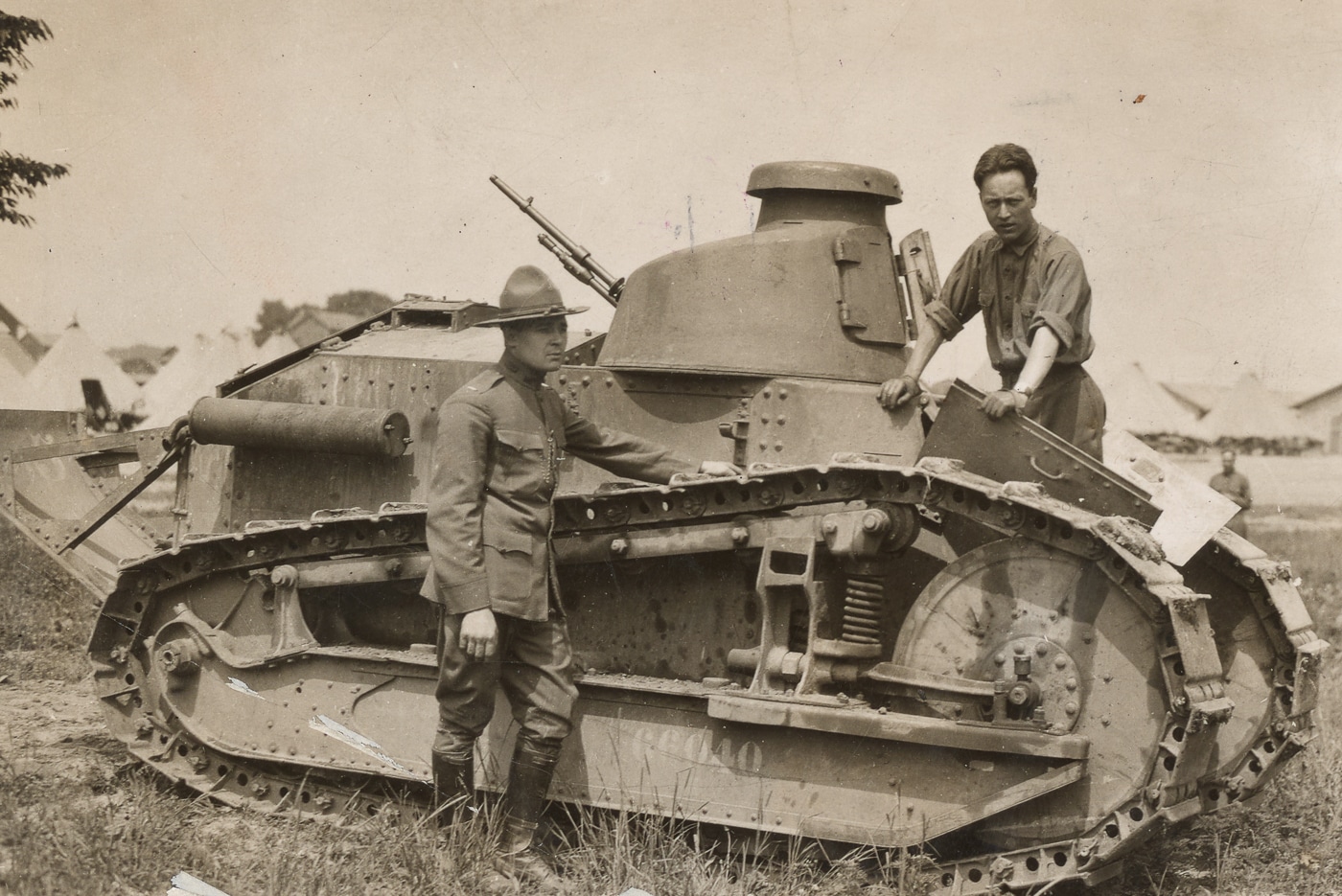
Five M1917 light tanks accompanied the U.S. Marine Expeditionary Force (the China Marines) to Tianjin in April 1927 under General Smedley Butler, There is no record of shots being fired, and the tanks were returned to the U.S. in late 1928.
In July 1932, six M1917s were deployed in Washington D.C. during the dispersal of the so-called “Bonus Army.” Period photos showed the tanks on Pennsylvania Avenue, but it is not believed that any shots were fired.
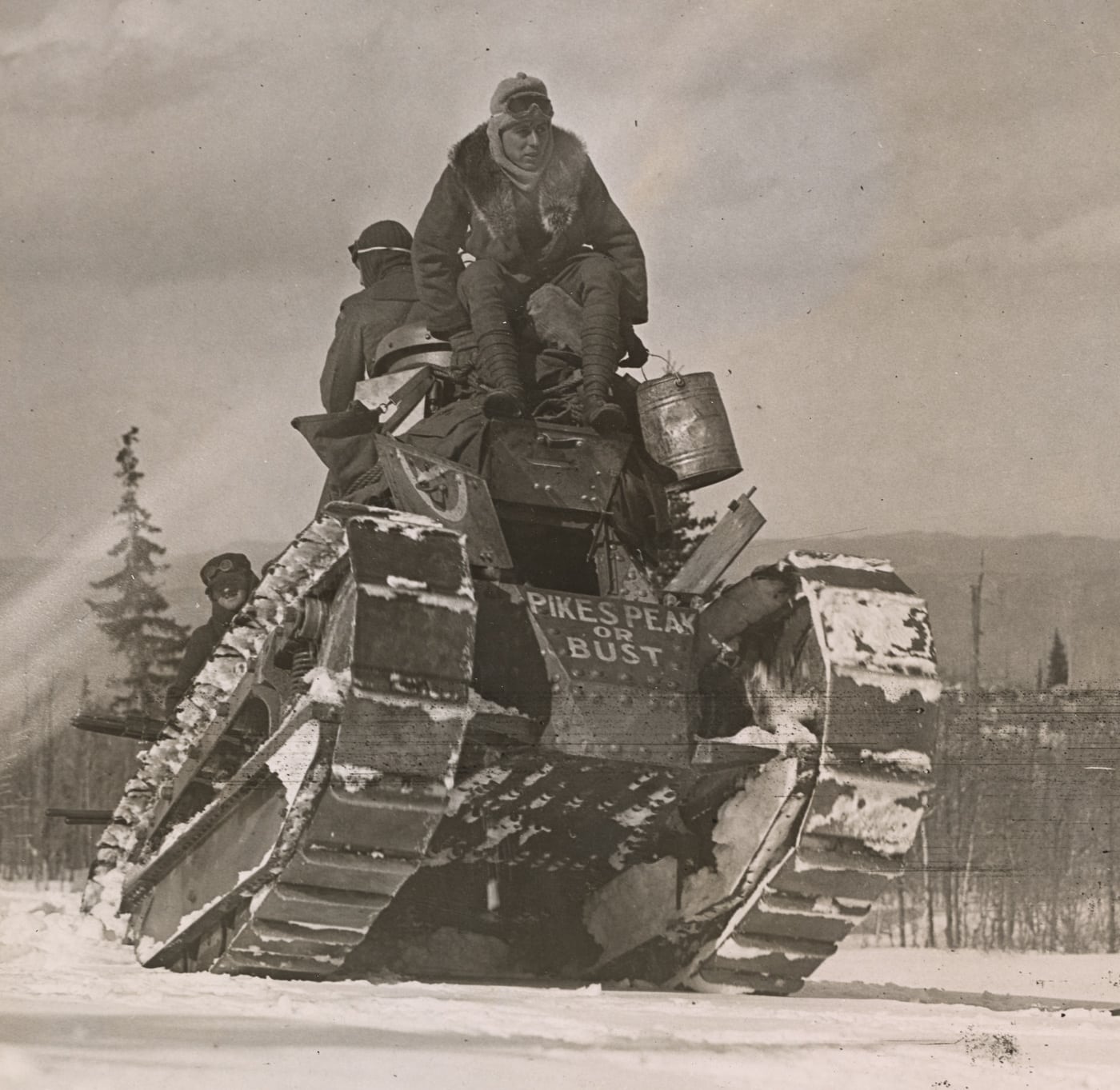
The American-made tanks may have never fired their guns against an actual enemy, but a number of M1917s were used by U.S. filmmakers as a substitute for Renault FTs, to depict either American tank actions during World War I or Renaults in use by European armies during and after the First World War.
Surviving Examples
Though around 3,000 were produced, today there are only around 40 surviving FTs along with an additional 20 M1917s.
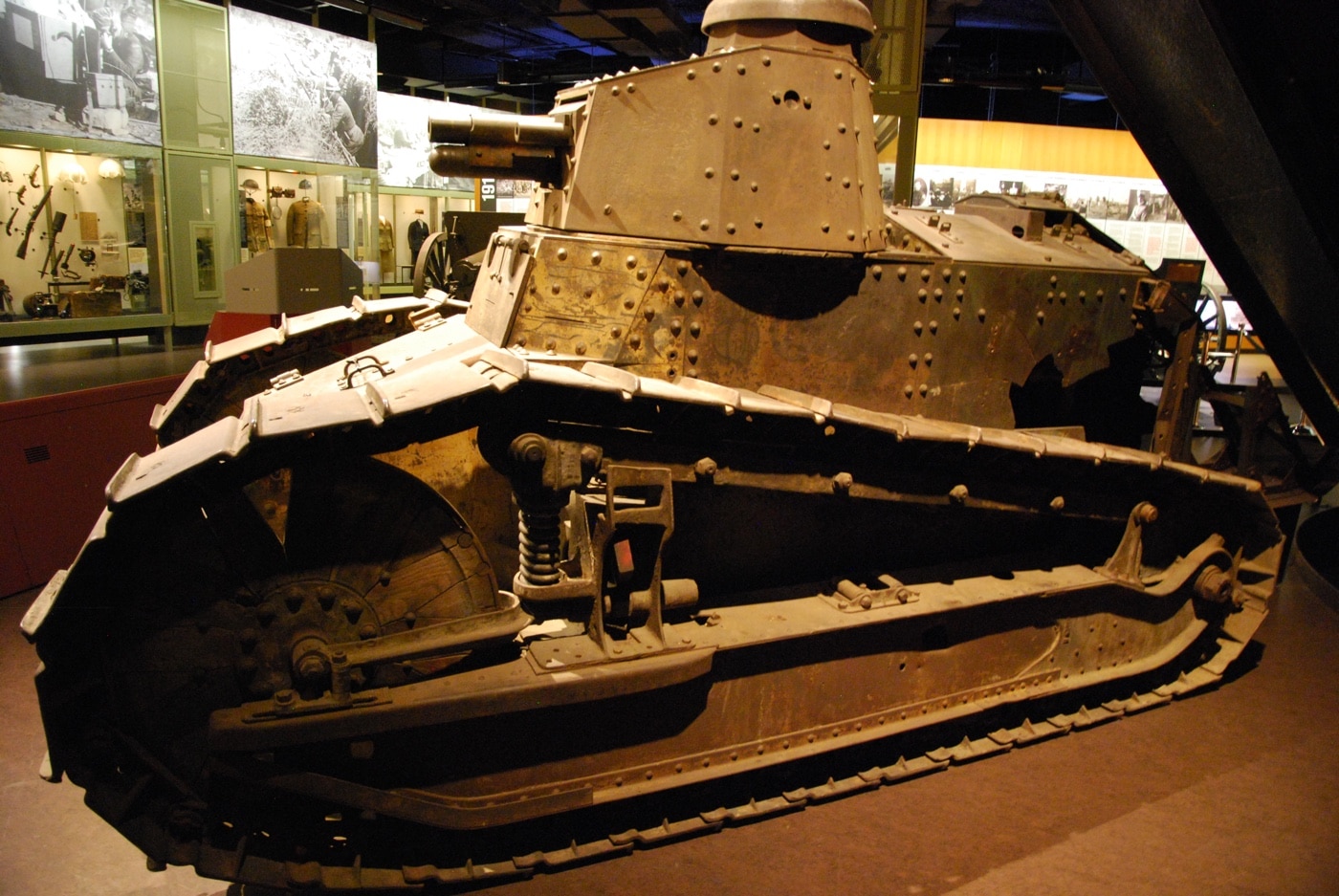
There is a damaged FT in the collection of the National World War I Museum in Kansas City and an intact FT at the National Museum of the United States Army. In addition, there is an M1917 tank in the collection of the West Point Museum, as well as in the U.S. Army Armor & Cavalry Collection at Fort Benning, Georgia, and in the Fort Lee U.S. Army Ordnance Museum among other military vehicle museums.
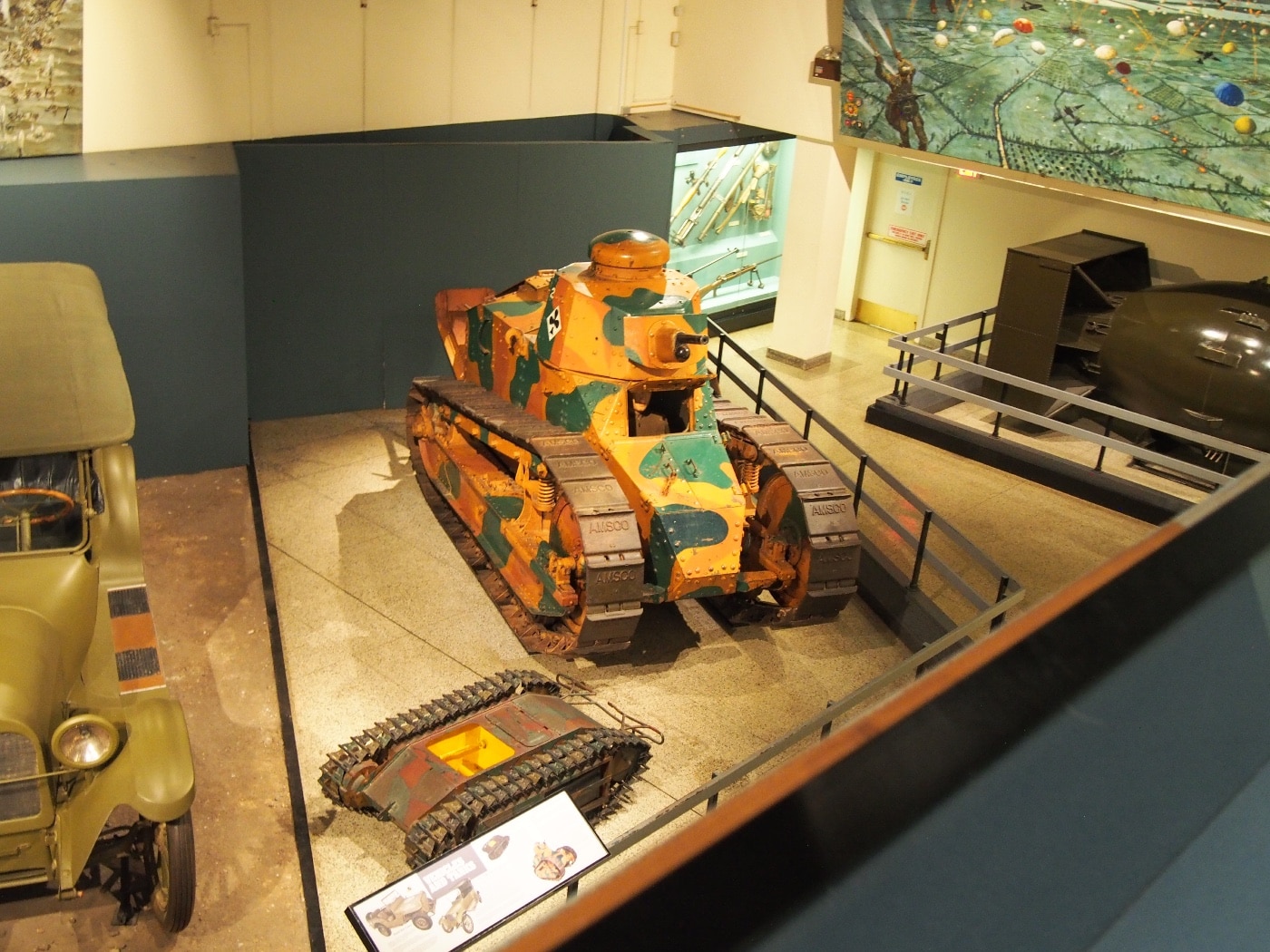
Two full-scale, working replicas of Renault FTs were built from scratch by the late Robert Tirczakowski — a military vehicle enthusiast and historian — for Jerzy Hoffman’s 2011 film Battle of Warsaw 1920.
Editor’s Note: Please be sure to check out The Armory Life Forum, where you can comment about our daily articles, as well as just talk guns and gear. Click the “Go To Forum Thread” link below to jump in and discuss this article and much more!
Join the Discussion
Continue Reading
Did you enjoy this article?

 76
76






